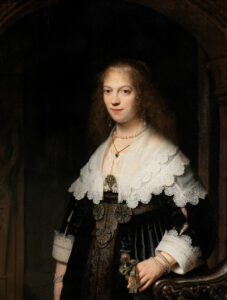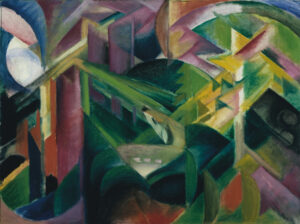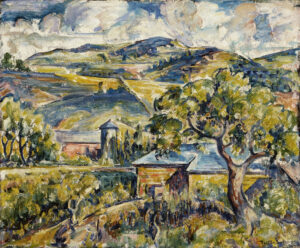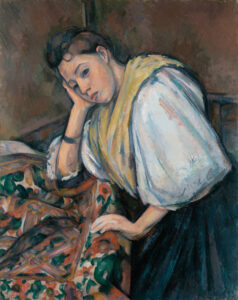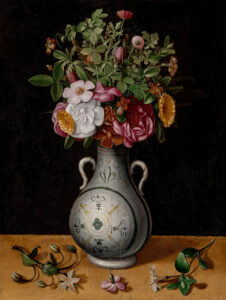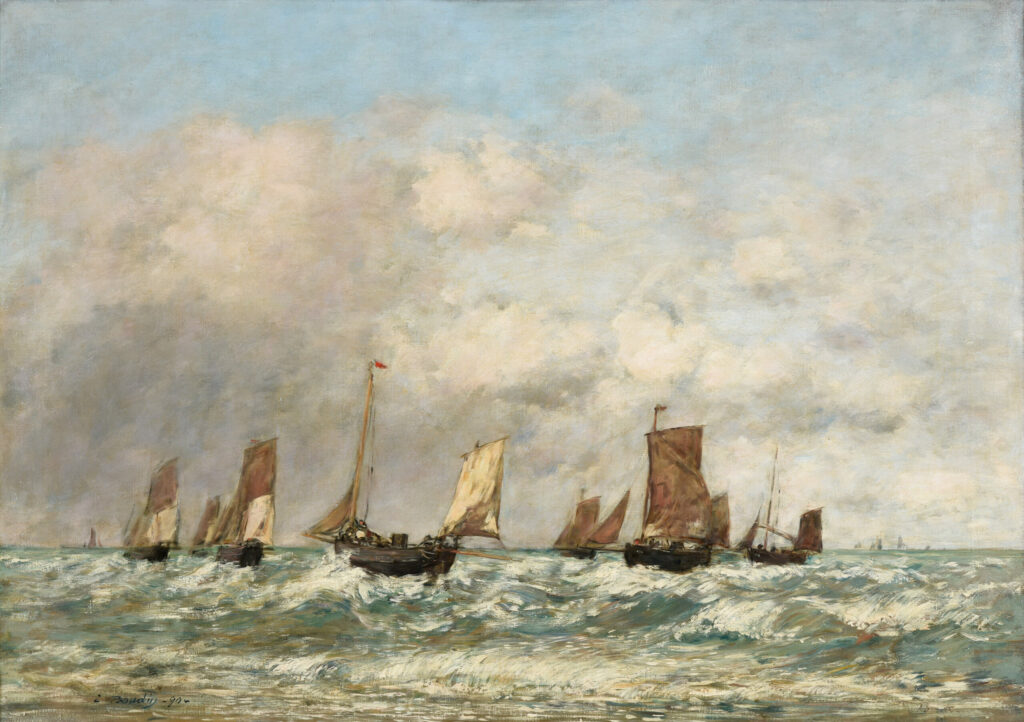
“Berck, the departure of the boats” demonstrates Eugène Boudin’s departure from his usual technique of juxtaposed and shimmering brushstrokes in favor of a thicker and broader painting style. This work illustrates the stylistic evolution of the Norman master toward the end of his career.
The composition is organized around a flotilla of fishing boats with ochre and brown sails cutting through rough seas under a cloud-laden sky. The artist perfectly masters the rendering of water in movement, alternating foamy crests and dark troughs in a symphony of greens and blues. The sky, which occupies two-thirds of the canvas according to Dutch tradition, reveals a subtle palette of pearlescent grays and powdered whites. This more impasto technique allows Boudin to truthfully capture the changing atmosphere of the Opal Coast. The spontaneity of the pictorial gesture and the accuracy of climatic observation make this seascape a remarkable example of French art from the late 19th century.
Further information
- Eugène Boudin, Berck: the departure of the boats, Reims, Musée des Beaux-Arts (inv. 907.19.34) Photo: © Christian Devleeschauwer
- 79 x 110.2 cm, oil on canvas, 1890
- https://musees-reims.fr/oeuvre/berck-le-depart-des-barques
Eugène Boudin (1824-1898), precursor of Impressionism, revolutionized landscape art by establishing plein air painting. Born in Honfleur into a family of sailors, he maintained throughout his life a passion for the skies and seascapes of Normandy. Trained in Le Havre then in Paris with Isabey, he decisively influenced the young Monet. His career, marked by rigorous observation of atmospheric effects, evolved from a meticulous technique toward a freer and more expressive handling. Boudin tirelessly documented maritime life. His work testifies to a unique sensitivity to the luminous and climatic variations of the French coastline, making him the first great modern painter of French marine art, the “king of skies” according to Camille Corot.

